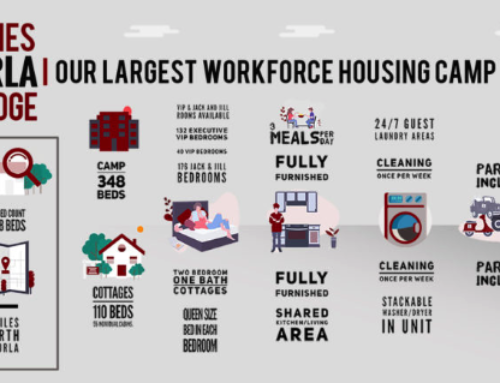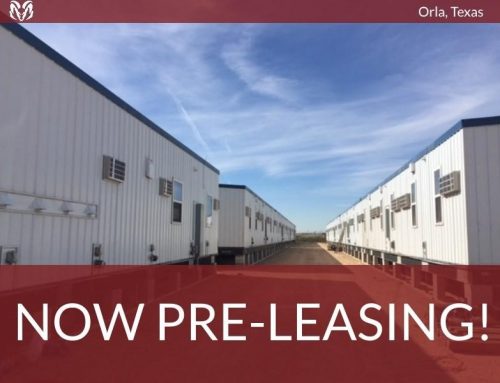At dusk, living things start to wake up across the landscape – workers, locals, as well as the flora and fauna. As they rise from their slumber, the numerous gas flares that pepper the terrain illuminate whatever the morning sun has yet to reach. Shaking off a fresh layer of dew and finding itself spurred forward by the advent of a new day, the system kicks into motion once again. Men bellow orders, machinery clanks, and hundreds of sophisticated tools and systems come together for one thing: to tap one of the earth’s largest repositories of oil.
Where is all of this happening? If you were to ask the average American, they’d likely rattle off a list of Middle Eastern nations and South American dictatorships. But they’d be wrong.
This scene is playing out daily in the heart of America, in the shale fields of North Dakota and Texas.
The Economics of American Oil
The obvious benefit of the enormous boom we’re experiencing is that the U.S. is positioned to reduce its foreign oil dependence significantly over the coming years. An average of 8.5 million barrels of oil per day were produced in the U.S. during the month of July. That level of production hasn’t been seen since April 1972. But there’s more to it than that.
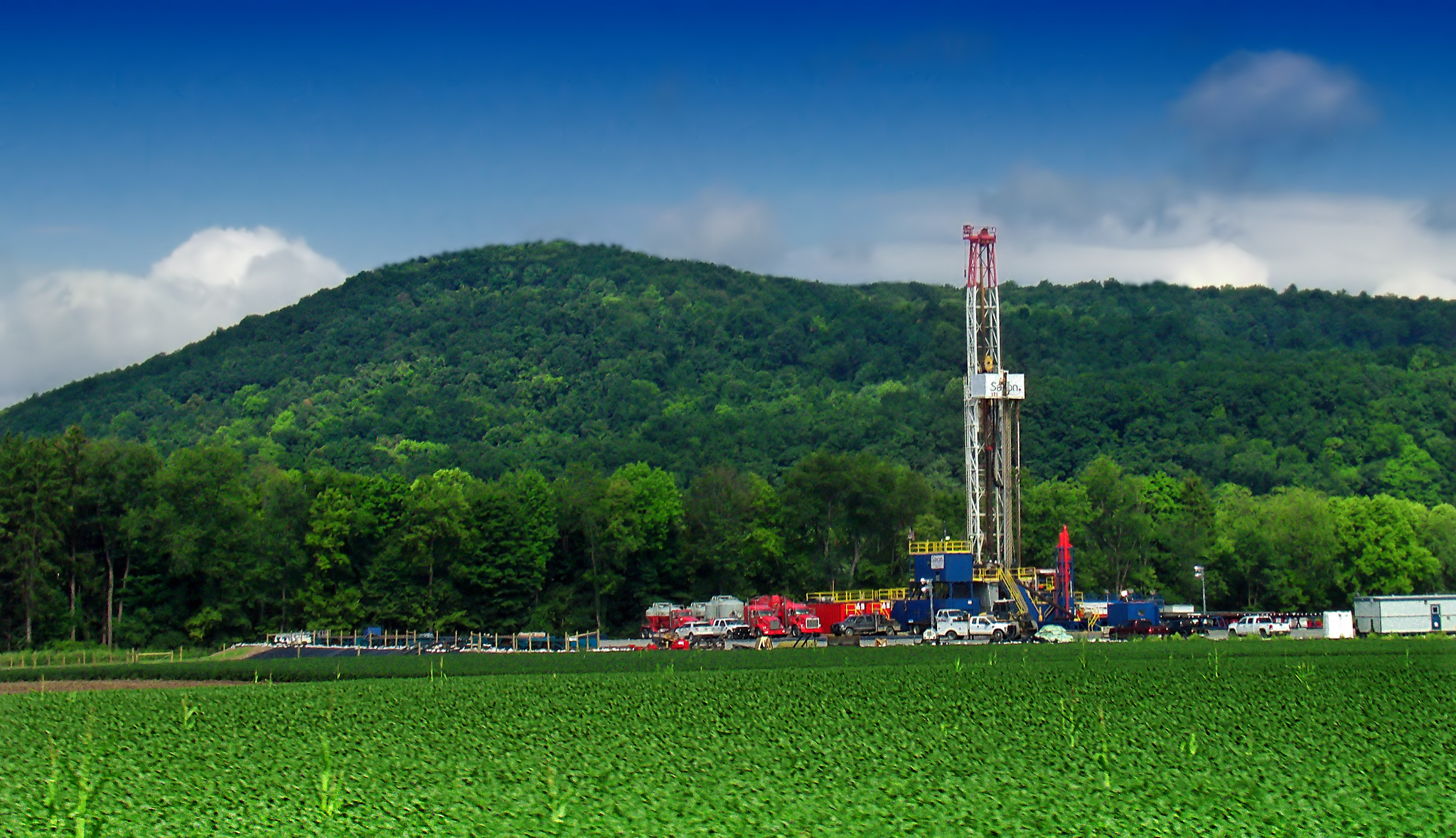
The boom is bringing economic prosperity to individuals and businesses not only in North Dakota and Texas but across the country. Thousands of jobless workers are finding new roles in the workforce, ailing enterprises are experiencing new growth, and places once known as ghost towns are being transformed into thriving municipalities.
Although dozens of news outlets are publicizing the general prosperity of the boom, few are showcasing the unique stories of the individuals benefiting. We wanted to hear personal accounts of boom benefits first hand, so we sat down with two individuals (one the founder of an industry service startup and another working the legal field) to hear their stories.
Feeling the Boom From 600 Miles Away
With dozens of attorneys and a location in the bustling metropolis of Denver, Colorado, Moye White LLP isn’t the kind of law firm you’d expect find doing business in the plains of North Dakota. But over the past few years, they’ve been finding significant amounts of business in that very locale. In fact, attorneys from Moye White can be found traveling to the Williston Basin several times per quarter.
“There are a lot of businesses who need legal help up there, and the local lawyers…there just aren’t enough of them,” says Billy Jones, one of the firm’s corporate and real estate litigators. “I’ve never been in a place like Williston where you can literally feel the economic activity.”
The local economies surrounding the North Dakota shale fields have taken off so quickly that there is a huge demand not just for legal services but for services of all kinds. As a result, businesses are feeling the economic benefit from hundreds of miles away.
“There’s so much going on down here
The impact of this kind of development has been, and continues to be, huge. The upper midwest, a portion of the country that used to be considered more or less barren, is being transformed into a highly developed hub of the energy industry right before our eyes. And businesses are coming from far and wide to join in.
“They have direct flights [from Denver] to four or five different cities in North Dakota several times a day, and you can barely get a flight,” Jones says. “It’s the American story. You meet guys doing business up there who lost everything in ’08, and now they’re great. They’re back on their feet, they’re running businesses, they’re hiring people…”
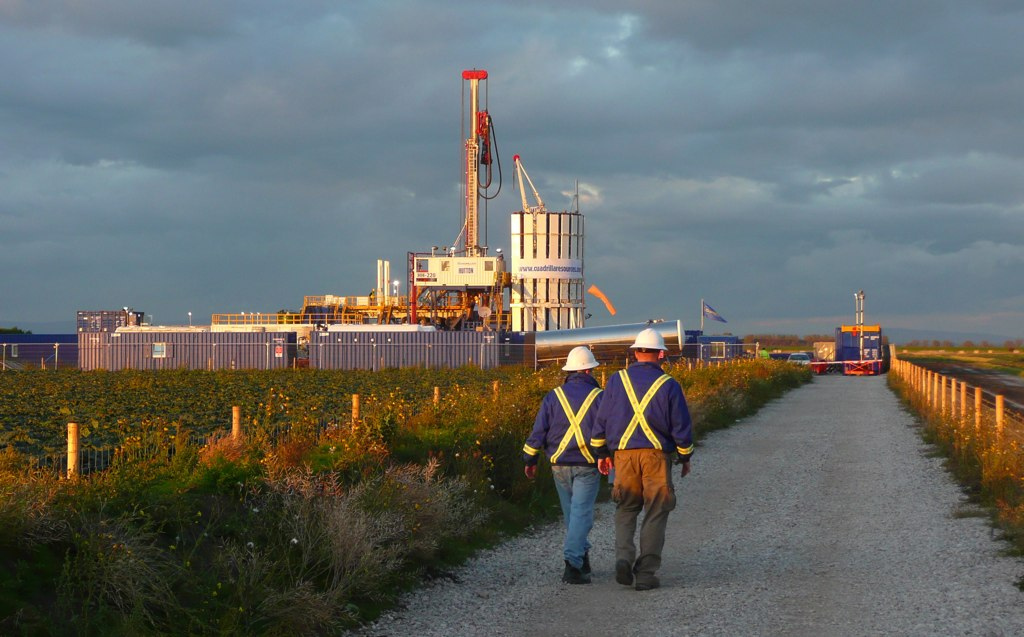
The economic stimulation happening outside North Dakota as a result of the boom is amazing, but the situation is even more astonishing once you take a look inside the state’s borders. As of August 2014, a YTD total of over 230 million dollars worth of building permits had been pulled in Williston alone. That number makes the city’s 27 million yearly permit value from 2006 look measly.
The Williston Brewing Company is a perfect example of the remarkable new development coming on the heels of the boom. On a piece of property that might have held nothing more than smoke shop or convenience store in 2007, developer Marcus Jundt did a 5 million dollar buildout on a high-end steakhouse and taproom.
“It’s gorgeous. You walk in, and you could be in Vegas,” Jones says. “It’s beautiful, and the place is packed.”
It’s this kind of development that really shows off the benefits of the boom. The cross pollination between oil industry prosperity and the general success of business throughout the region is increasing at blazingly fast rate, and it doesn’t show signs of slowing down any time soon.
Reviving American Innovation
In just the same way Williston is cultivating long distance relationship with Denver, Oklahoma City is courting business in the Eagle Ford formation. The result is an explosion of entrepreneurial startups like Greasebook, an iOS app replacement for the traditional paper gauge sheets used in onsite oil and gas well management.
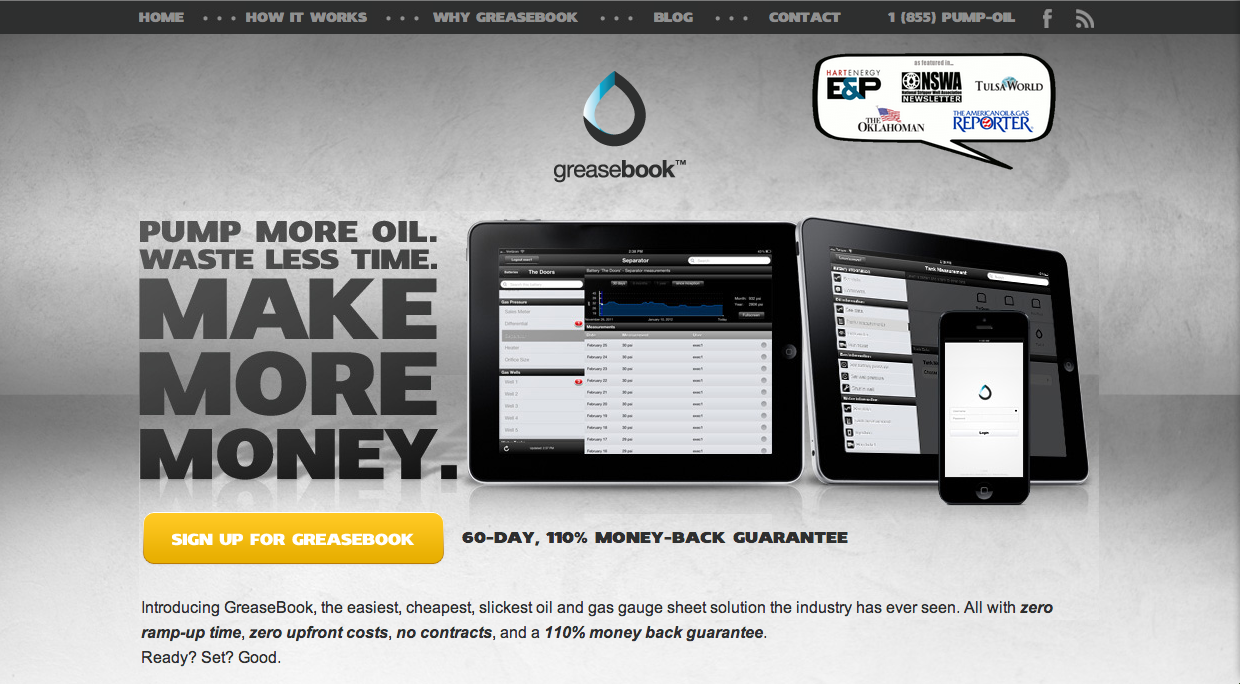
Greg Archbald, Greasebook founder, testifies to the strong ripple effect that the boom has caused in businesses across the industrial spectrum.
“The benefits of the American oil boom don’t just affect oil companies; they spill over into every aspect of our city. GreaseBook is just one example, but I see the benefits of a strong oil economy in the new restaurants, housing, bars, hotels, and businesses that continue to pop up around town…” Archbald says.
10 years ago it would have been unheard-of for an oil industry startup to thrive in a place like Oklahoma City. But the boom has allowed businesses like Greasebook to do just that: not only survive but thrive. Inspiring innovation, fostering American business, and enabling the entrepreneurial spirit – that’s what’s really at the heart of this boom.
What’s more, the positive impact isn’t just hitting businesses and corporate entities; it’s being felt by individual members of the workforce too.
“Everybody I know in Oklahoma City, I’d say 70-80%, is really involved in the industry, but you see it helping everybody, from restaurant owners to people like my sister who’s a dermatologist. She’s feeling the bump too,” Archbald says. “I know a lot of people in some of the other industries who are experiencing a lot of changes too – like the medical or health industry for example. I see a lot of people trying to switch into oil and gas.”
Your stories
How is your region being affected by the economics of the latest American oil boom? Have you felt a change in your industry or business? If so, get in touch to let us know. We’re always on the search for new stories of how business owners and employees are feeling the benefits of the boom, and we’d love to hear your account.
Till then, stay up-to-date on Bakken and Eagle Ford shale news and regional info by following us here on our blog.
Photo credits:
1. Photo by Nicholas Tonelli
2. Photo by Justin Woolford
3. Screenshot via Greasebook


